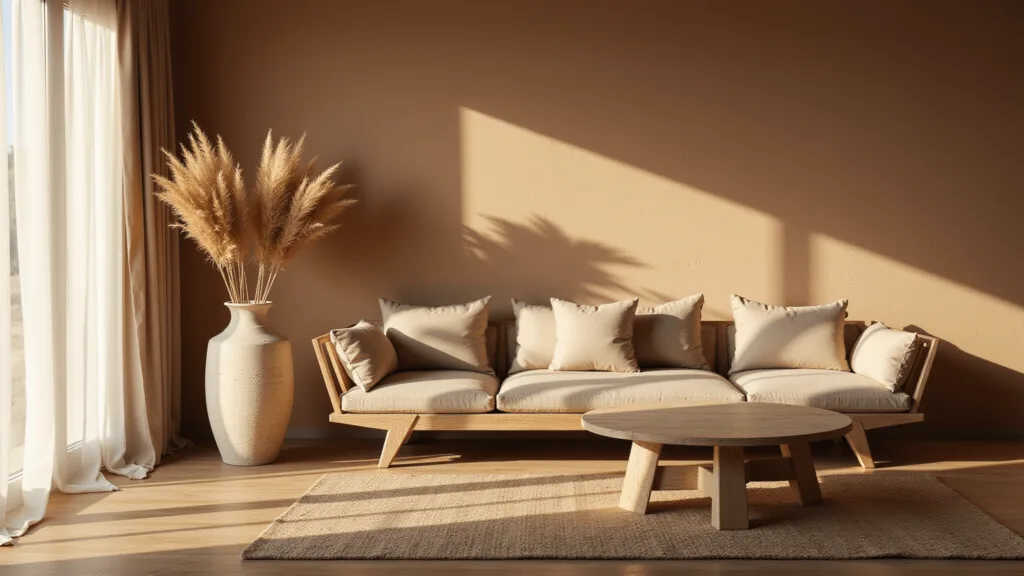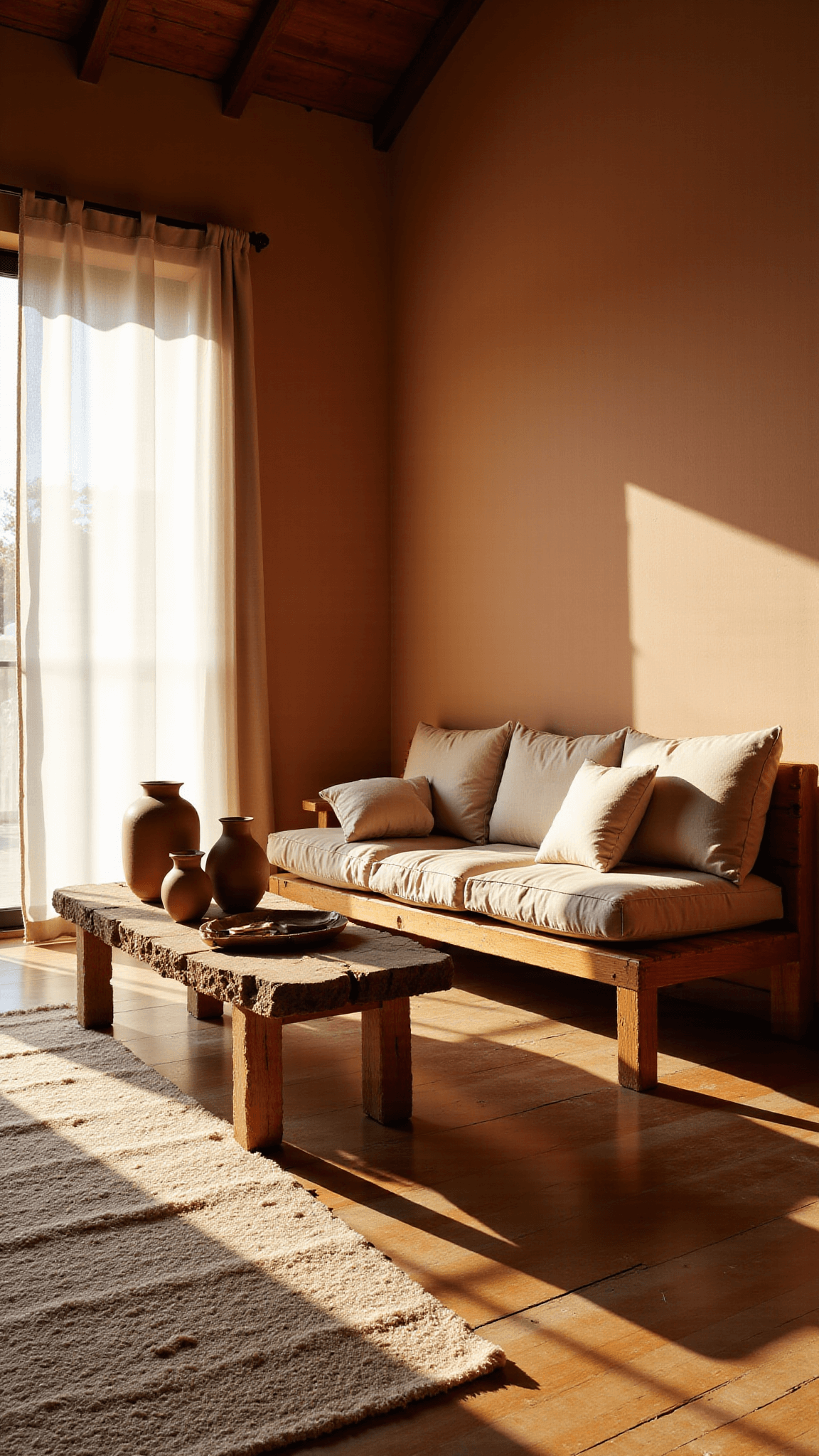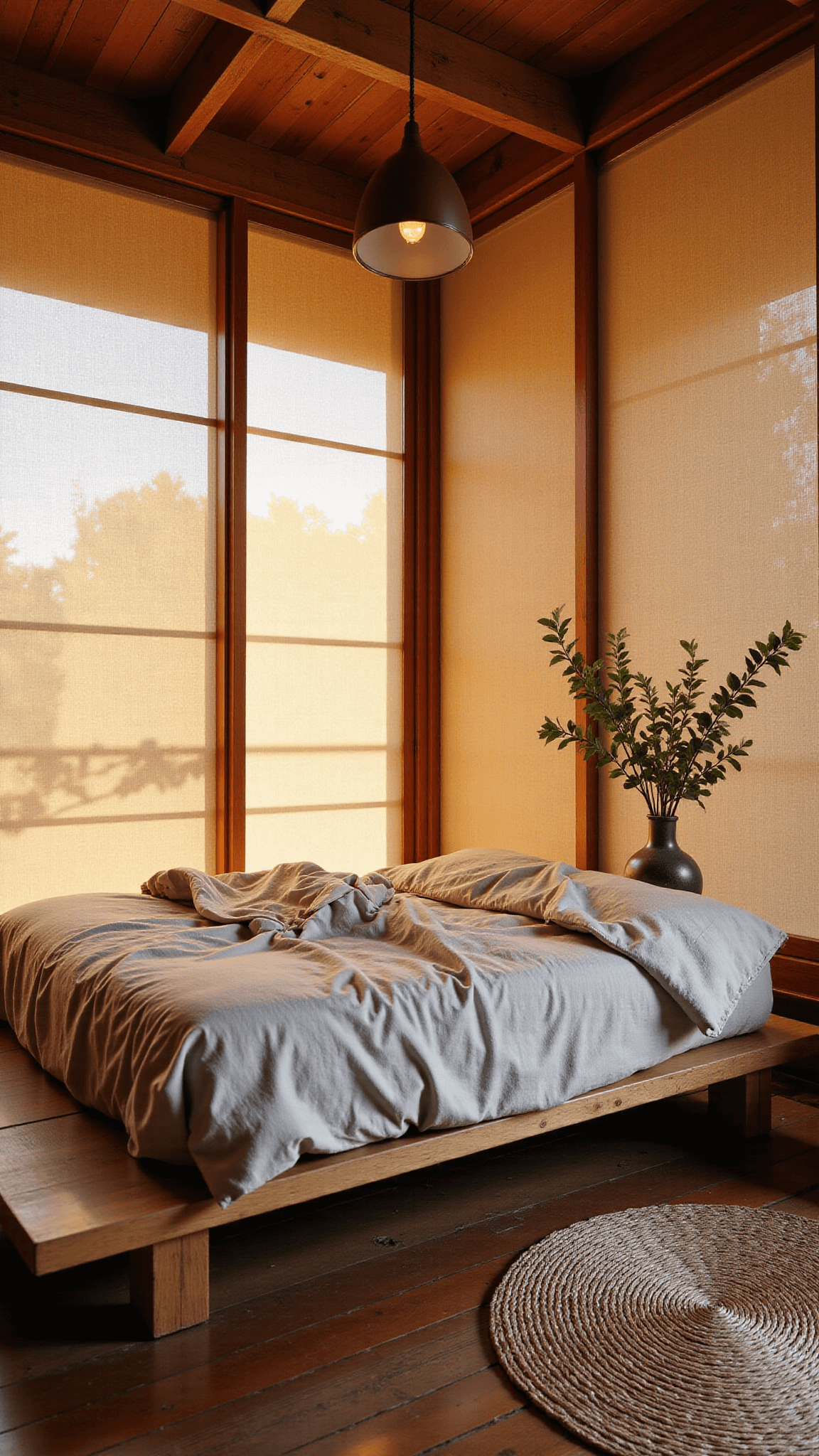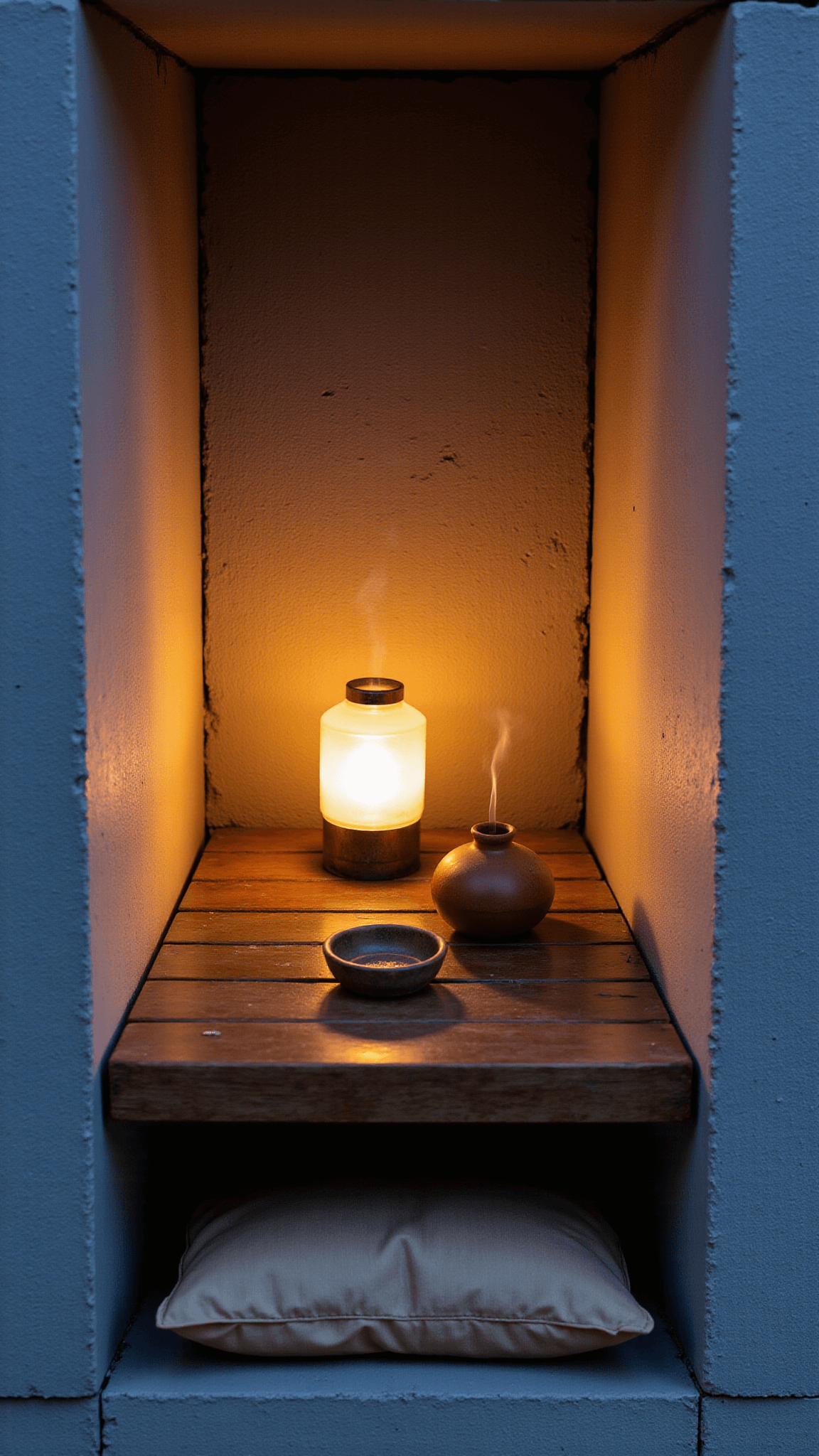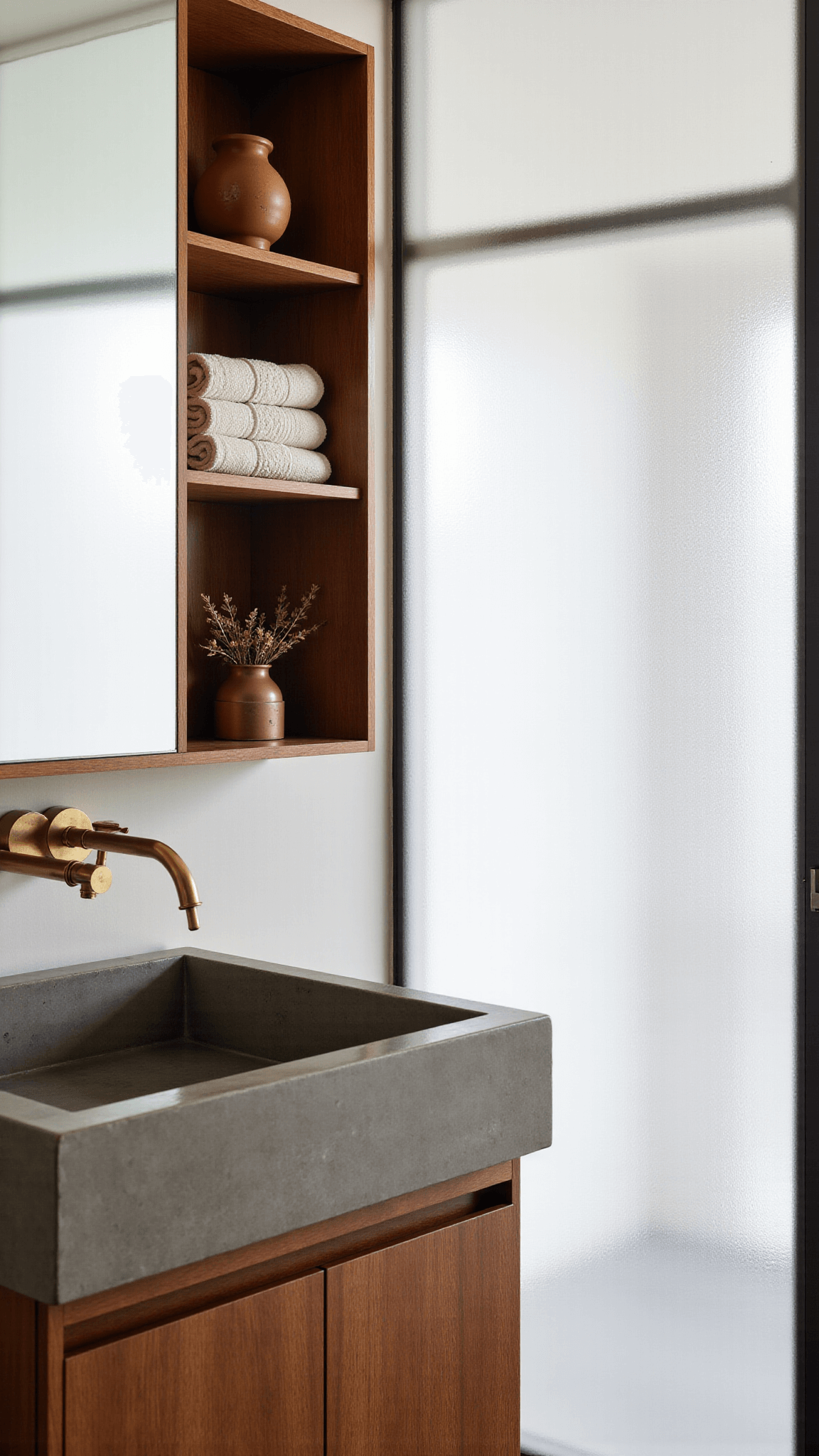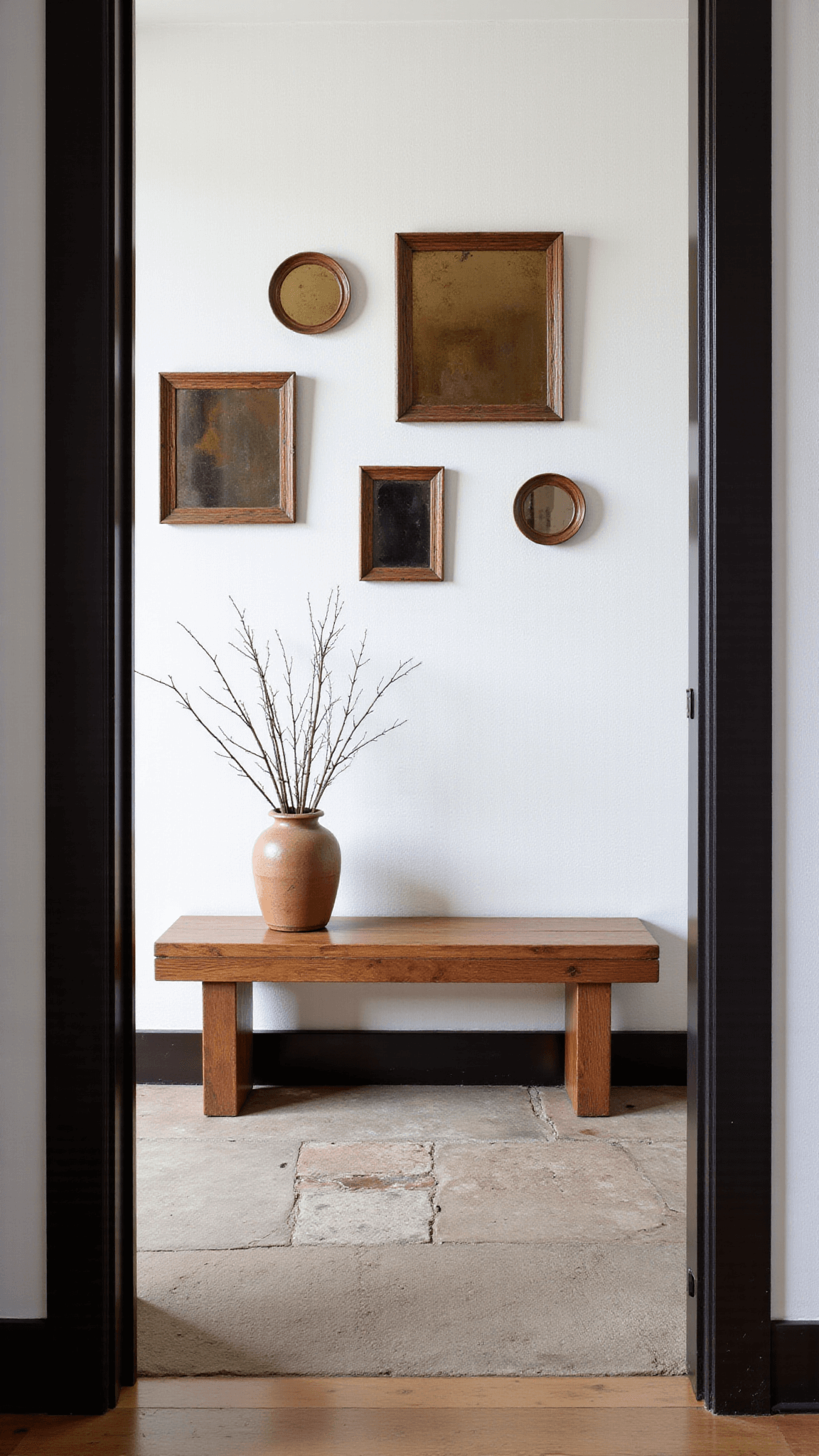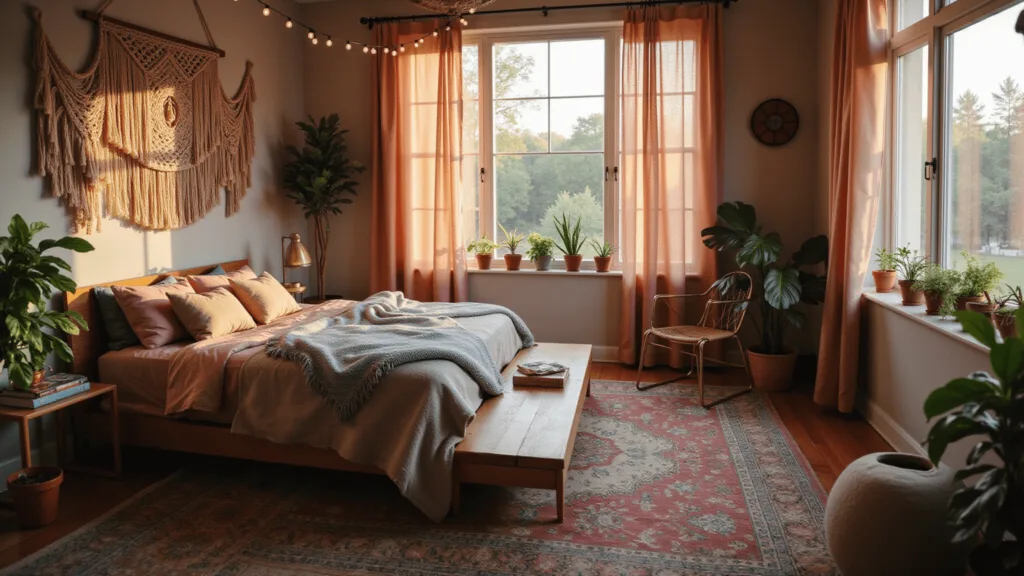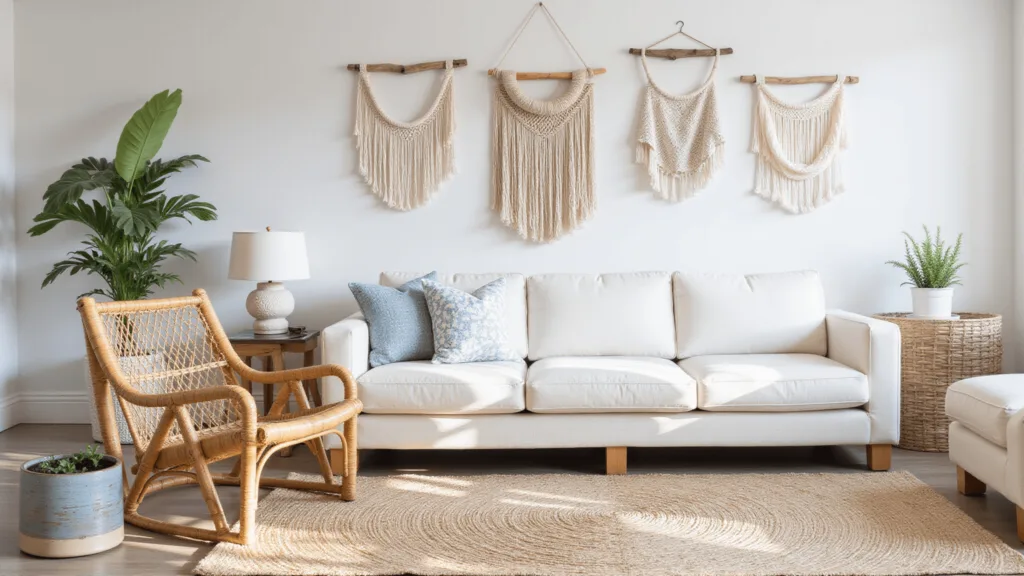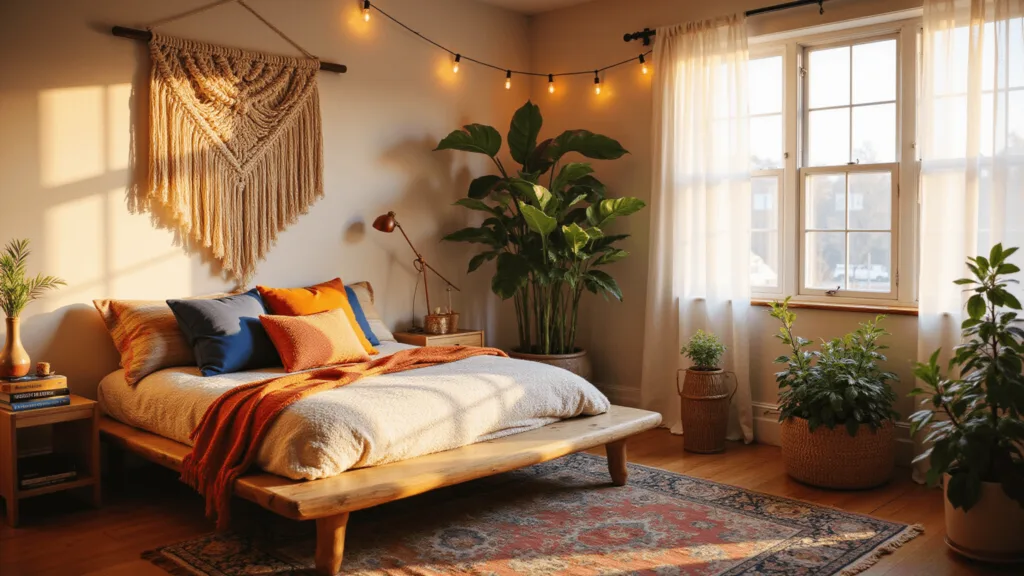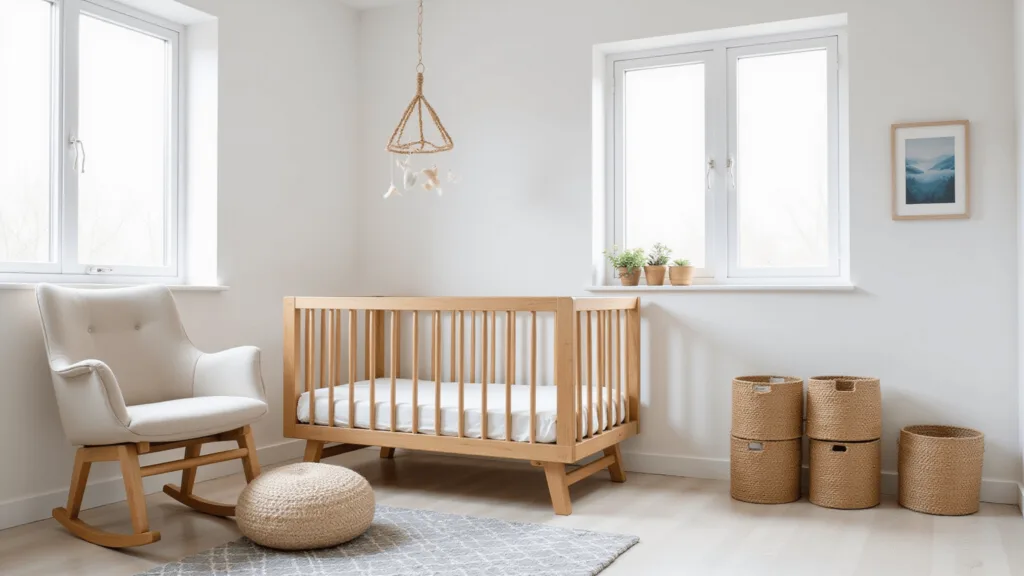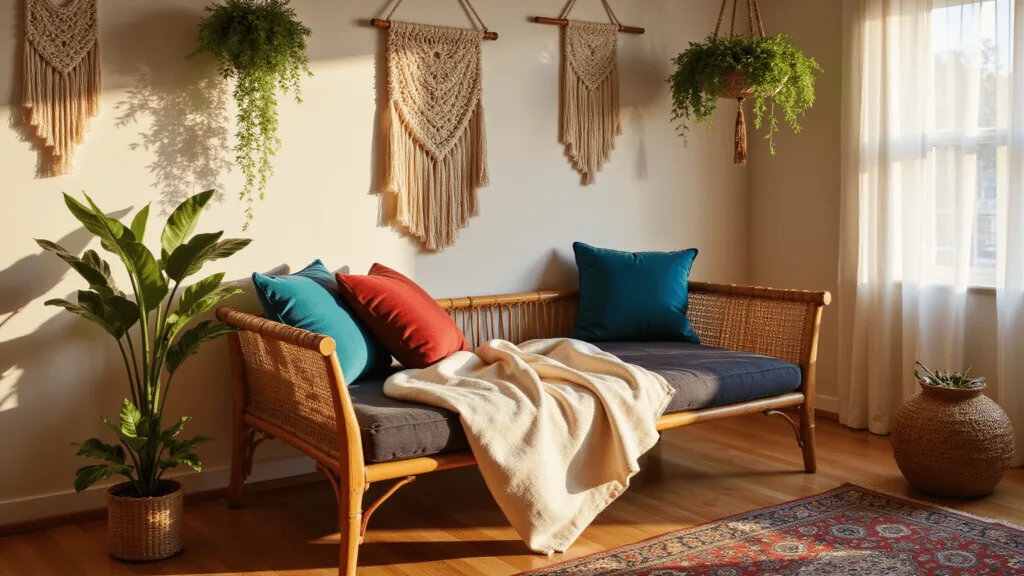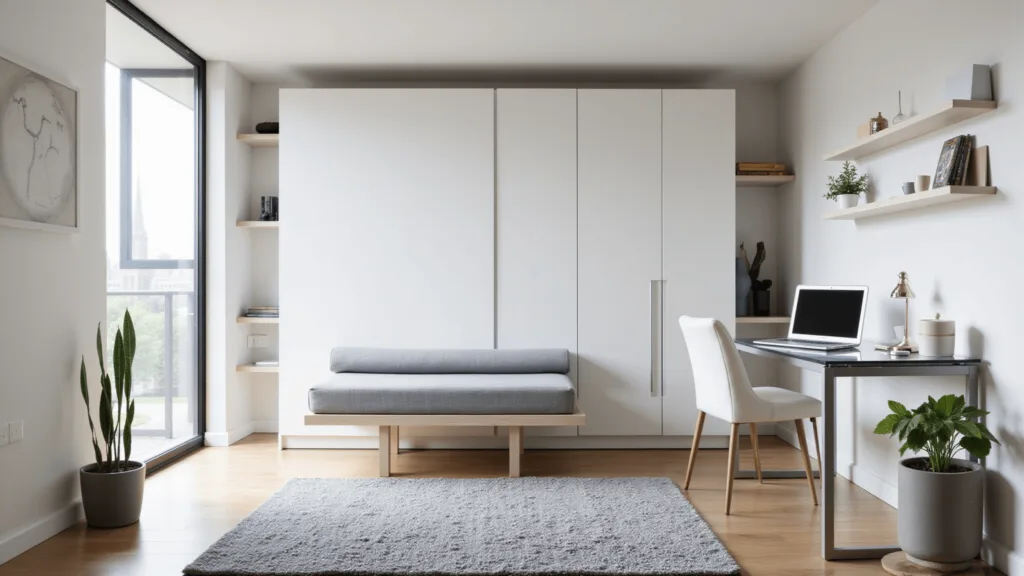Wabi Sabi Apartment: A Minimalist’s Guide to Serene Living Spaces
Wabi-Sabi is more than a design trend—it’s a philosophy of finding beauty in imperfection and embracing life’s natural cycle.
Understanding Wabi-Sabi: More Than Just a Design Aesthetic
Let’s cut through the noise about interior design.
Wabi-Sabi isn’t about having a perfectly curated Instagram-worthy space. It’s about creating a home that breathes authenticity, imperfection, and genuine human experience.
Key Principles of Wabi-Sabi Design
What Makes Wabi-Sabi Unique:
- Celebrates natural aging and wear
- Embraces asymmetry and simplicity
- Finds beauty in modest and humble objects
- Connects deeply with natural materials
Creating Your Wabi-Sabi Apartment: Practical Steps
1. Declutter with Intention
Simplification is Your First Step:
- Remove unnecessary items
- Keep only objects that spark joy or serve a purpose
- Prioritize quality over quantity
- Choose pieces with personal history or natural texture
2. Color Palette: Earthy and Calm
Wabi-Sabi Color Spectrum:
- Soft browns
- Muted grays
- Gentle greens
- Warm terracotta
- Subtle beiges
3. Materials Matter: Embrace Natural Textures
Ideal Wabi-Sabi Materials:
- Unfinished wood
- Stone
- Clay
- Linen
- Handmade ceramics
- Weathered metals
4. Lighting: Soft and Natural
Lighting Techniques:
- Maximize natural light
- Use soft, diffused lighting
- Avoid harsh overhead lights
- Incorporate paper lanterns or candles
- Create gentle shadows and depth
5. Furniture Selection: Functional and Timeless
Furniture Guidelines:
- Choose pieces with visible history
- Prioritize comfort and utility
- Select items that show gentle wear
- Mix textures and organic shapes
- Avoid overly polished or perfect furniture
6. Styling Your Space
Styling Tips:
- Leave some negative space
- Use asymmetrical arrangements
- Display imperfect, handmade objects
- Incorporate plants and natural elements
- Create calm, meditative zones
Budget-Friendly Wabi-Sabi Transformation
Cost-Effective Strategies:
- Thrift vintage items
- Repair instead of replace
- Use local, handmade decorations
- Repurpose existing furniture
- Learn basic DIY restoration techniques
Common Mistakes to Avoid
Wabi-Sabi No-Nos:
- Over-styling your space
- Buying mass-produced “perfect” items
- Ignoring natural wear and tear
- Forcing an aesthetic
- Removing personal history from objects
Final Thoughts: Your Wabi-Sabi Journey
Wabi-Sabi isn’t about creating a perfect space. It’s about creating a home that tells your unique story—complete with its beautiful imperfections.
Pro Tip: Take your time. Wabi-Sabi is a philosophy, not a weekend makeover project.
Quick Implementation Checklist
- [ ] Declutter intentionally
- [ ] Choose natural materials
- [ ] Embrace imperfection
- [ ] Create soft, natural lighting
- [ ] Select meaningful furniture pieces
Remember: Your home should feel like a warm embrace, not a sterile showroom.

